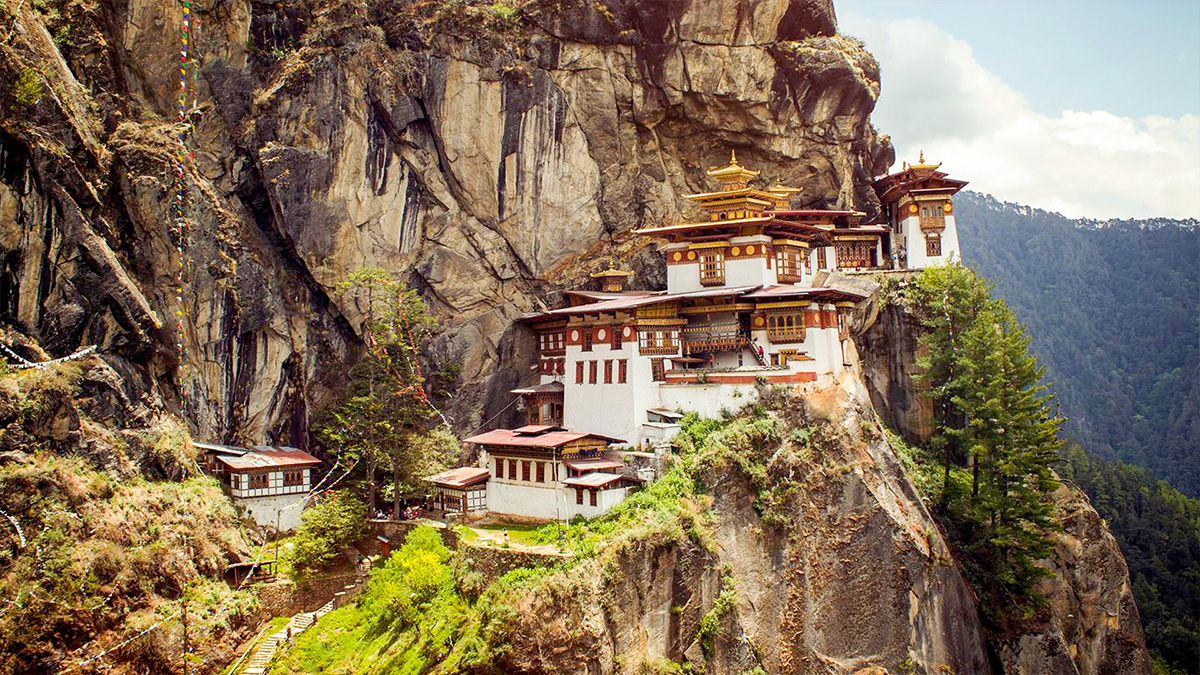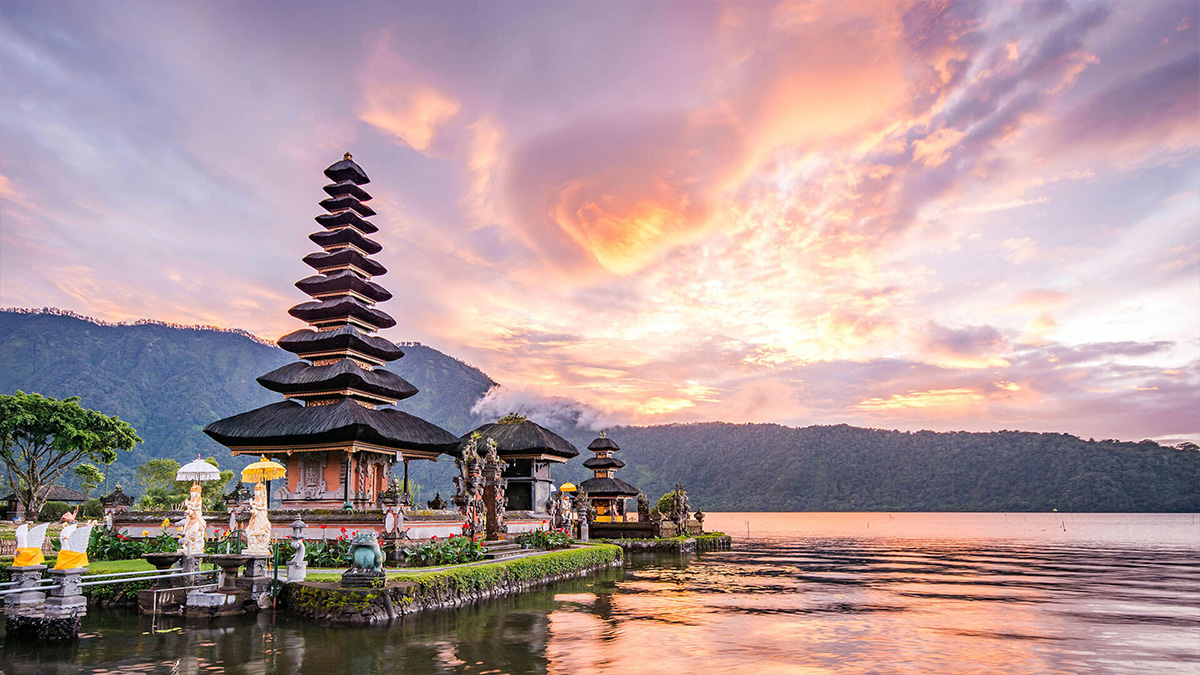Japan's Cherry Blossom Premium Experience (7N8D)
Package starts from INR 2,04,000/- per person on double occupancy
Group departure Dates : 26 Mar/ 02 Apr/ 09 Apr 2023
2N Osaka , 1N Hiroshima , 1N Odawara and 3N Tokyo
Highlights
- 5 & 4 Star Accommodations (Twin/Double on Sharing Basis)
- All meals as per itinerary (Breakfast 07, Lunch 07 , Dinner 07 )
- Deluxe AC coach with Drive & English-Speaking Guide
- Bullet Train Ticket in Normal Class ( Hiroshima ~ Odawara )
- 02 Bottle Mineral Water per day to each client for all days.
- Luggage Transfer from Osaka Hotel to Odawara Or Mishima Or Tokyo Hotel 01 Big Luggage Each Client
- Guide & Driver Tip
Meals
07 Breakfast, 07 Buffet Indian Lunch (Veg or Non-Veg) & Buffet 07 Indian Dinner (Veg or Non Veg)
Day-wise Itinerary
Day 01 : Arrive In Osaka – Osaka Castle, Umeda Sky Building & Japanese Tea Ceremony
Once we arrive in Osaka, our tour in the Kansai region of Japan begins accompanied by a professional, English-speaking guide. Osaka is possibly best known for Osaka Castle, one of the most famous landmarks in Japan that were built in 1597. It was the centre point of Japan’s unification during the 16th century between opposing forces on the island. Today, it’s a museum that has survived numerous disasters, including fire from a lightning storm strike, and was rebuilt several times where you can learn about the history of Osaka, feudal lords, and the building itself inside the 8-story castle
After the Osaka Castle, we take a lunch buffet at an Indian Restaurant and then proceed to your pre-booked hotel for check-in. Freshen up for a bit before we visit Umeda Sky Building, a prominent landmark in Osaka consisting of two 40-floor towers connected by a bridge at the highest ground. It is the nineteenth tallest building in the prefecture, and the high-rise building serves as a great viewpoint of the city landscape.
We’ll also attend a Japanese tea ceremony (Sado) in Osaka, a very famous traditional event, but not to worry – you can keep your casual clothes in here. Enjoy an authentic experience in a calming environment as you learn the significance of tea ceremony and the unique taste of matcha. Bond with fellow guests and the host, ask curious questions about the tea, or simply drown in the exquisite taste of the unblemished tea.
After exploring the area, we will take you for buffet dinner at an Indian Restaurant before retreating back to the hotel for an overnight in Osaka.
Day 02: Kinkaku-ji Temple – Arashiyama Sagano Bamboo Forest - Nishijin Kimono - Nara Todaiji Temple - Nara Deer Park Tour
Enjoy a delightful breakfast at the hotel before we tour Kyoto and Nara today. Our first destination is the most popular temple in Kyoto, Kinkaku-ji. This is a Zen Buddhist temple, which also has the official name Rokuonji, “Deer Park Temple”. What makes this place fascinating is the top two floors of the Zen Temple, which is completely covered in gold leaf. On top of that, this was also the retirement villa of shogun Ashikaga Yoshimitsu who passed away in 1408, a descendant of the family that dominated Japan during their time
One of the most Instagrammable spot in Japan has to be the Arashiyama Sagano Bamboo Forest. This is one of the world’s most beautiful bamboo forest, located in Kyoto and is loved by both tourists and locals. You’ll be able to see many walk through the groves wearing traditional Japanese clothing. It is a long, satisfying walk to the end if you wish to enjoy the environment to the fullest.
Before lunch, we’ll attend the popular Nishijin Kimono Show, which takes around 20 minutes. Watch how local textile crafters showcase their best works, displayed in the form of the famous traditional Japanese clothing, kimono. We’ll enjoy our buffet lunch at an Indian Restaurant before continuing.
We head to Nara to visit Nara Todaiji Temple, a landmark of Nara. Todaiji means the “Great Eastern Temple” and serves as one of Japan’s most historically important Buddhist temple. It was part of the Seven Great Temples and was founded in the year 738. Within the complex, a series of massive buildings are built, with the Great Buddha Hall housing one of Japan’s largest bronze statues of Buddha Vairocana, seated at 15 meters tall.
Nara is also known for the Nara Deer Park, which is popular with people of all ages. In spring, this place is flooded with people and deer alike who came out after a long sleep during winter. The falling cherry blossoms make this a popular spot for Hanami, an activity Japanese people indulge in while watching the flowers fall. We’ll take you for buffet dinner at an Indian Restaurant before returning back to the hotel for an overnight in Osaka.
Day 03: Kobe Akashi Kaikyo Bridge – Hiroshima Atomic Bomb Dome & Peace Memorial Museum
We’ll check out from our hotel in Osaka to head for Hiroshima by bus, which will take a few hours, enough time to relax or enjoy the scenery as we ride past a few cities on our way. We’ll visit Akashi Kaikyo Bridge upon arrival, the world’s longest suspension bridge that connects Kobe to Awaji Island, that’s almost 4 km far. Enjoy your lunch at an Indian Restaurant after.
Next, we visit the Atomic Bomb Dome, which is part of the Hiroshima Peace Memorial Park. It became a UNESCO World Heritage Site in 1996, after the tragedy that befell the city in 1945. Back in 1915, this was the Hiroshima Prefectural Industrial Promotion Hall, where people showcased and sold products of Hiroshima and several art galleries were held. Then we move to the Peace Memorial Museum, which documents the aftermath of the destruction after a single atomic bomb decimated tens of thousands of lives. It is a symbol of Japan’s determination to advocate for the elimination of nuclear weapons.
We enjoy dinner at an Indian Restaurant afterward, before finally reaching our hotel in Hiroshima for check-in and an overnight stay.
We suggest that you prepare 1 luggage & 1 handbag before a trip to Odawara / Mishima tomorrow.
Day 04: Miyajima Island – Bullet Train From Hiroshima To Odawara Or Mishima
After breakfast, we check out and head to Miyajima Island, where Itsukushima Shrine is located. Some of you may have seen the sight of the floating gate, and this is where it is. The torii gate of this shrine is unique as it was built over water and always seems like it’s floating when the ride is high. It is a national treasure and became a World Heritage site in 1996. It was built when water was swelling underneath and retreated far enough to reveal the dry land
After lunch at an Indian Restaurant, we head to Hiroshima Station to ride the famous Bullet Train of Japan for Odawara OR Mishima. Upon arrival, enjoy your dinner at an Indian Restaurant before we go to our hotel, where we’ll receive our luggage for check-in and an overnight stay on the island.
Day 05: Mt. Fuji 5th Station – Hakone Ropeway – Lake Ashi Cruise
We check out from the hotel after breakfast. The first destination on today’s schedule is Mt. Fuji 5th Station. Fujinomiya 5th Station is the highest of the 5th stations and is also a popular choice to hike as it has the shortest route up Mt. Fuji. The ride up is also enjoyable with scenery that’ll keep you from getting bored. Enjoy your lunch at an Indian Restaurant.
Then we visit the Hakone Ropeway, which is an observation platform overlooking Owakudani. This is Hakone’s most popular destination, which takes about 30 minutes to reach by aerial lift. Enjoy the unforgettable sight of the rising volcanic fumes of Owakudani during the cable ride as well as from the observation platform. You can also see Mount Fuji from afar on a clear day.
Afterwards, we’ll visit Lake Ashi, a popular spot for pictures. You don’t want to miss the sight of the crystal-clear blue water of this crater lake and enjoy the tranquil atmosphere as you walk along the shore of the lake and the sight of Mount Hakone from which the lake was created of.
We’ll continue to Tokyo and enjoy our dinner at an Indian Restaurant. Then you’ll be transferred to the hotel for check-in and an overnight stay in Tokyo.
Day 06: Chidorigafuchi Park (Hanami) - Tokyo Tower - Asakusa Kanon Temple - Tokyo Sky Tree - Sumida River Cruise - Statue Of Liberty - Rainbow Bridge - 100 Yen Shop
After breakfast, we head out for Tokyo City Tour, starting with Chidorigafuchi Park, one of the best spots to enjoy Hanami (cherry blossom viewing). This park has a 700-meter long walkway surrounded by beautiful Sakura trees and lush greenery on the moat of the Imperial Palace. This historical park has become the go-to for both locals and tourists during this season and see around one million visitors every year just in spring.
Then we’ll head to Tokyo Tower, a landmark in Tokyo that was built in 1958. It is Japan’s second tallest building at 332.9 meters. It is easily an icon of Tokyo that most locals would mention when asked about the most iconic building in Tokyo. Enjoy your lunch at an Indian Restaurant afterward.
Next, we go to Asakusa Kannon Temple, dubbed Tokyo’s oldest temple and remarkably one of the most colourful ones in Japan. This ancient temple was built in 1649 by Tokugawa Iemitsu and houses Kannon, the Goddess of Mercy, who’s also known as Guanyin in Chinese.
Take a stroll along Nakamise Street, Asakusa’s quintessential shopping centre right next to Sensoji Temple. It’s still bustling with life as thousands flock to the street to shop and eat while enjoying the old-Tokyo vibe. Then we’ll stop at Tokyo Skytree, which is an observation and broadcasting tower that looms over at 634m tall (outside view).
We drive to Sumida River Line and board the Sumida River Cruise. Enjoy an exquisite experience as you’re taken through the river that witnessed the growth of Tokyo, which used to be Edo. With how gorgeous and crystal clear the water is today, you probably won’t believe how this river had no fish in it over 70 years ago because of pollution that came with the rapid economic growth. It became one of the first megacities and today, Tokyo is the largest megacity in the world.
Moving on, we’ll stop at another cultural landmark in Minamoto, the Odaiba Statue of Liberty. This Lady Liberty was originally a temporary tribute moved from Paris to Japan as France’s act of celebration of their ties for a year in 1998. It became so popular that a replica was erected in Odaiba in 2000. Not far is the Rainbow Bridge, another suspension bridge that connects Shibaura Pier to Odaiba waterfront.
And lastly, you’ll love the dollar stores of Japan, the 100-yen shops. Also called the “Hyaku En Shop”, these places sell things at 100 yen + tax. A lot of things. There are stationaries, storage boxes, utensils – you’ll be surprised what you can get with merely 100 yen.
Enjoy your dinner at an Indian Restaurant before we take you to the hotel for an overnight in Tokyo.
Day 07: Full Day Tokyo City Tour
After breakfast at the hotel, we’ll visit Imperial Palace in Tokyo (Outside View) for pictures. The inner grounds of the palace are not open to the public except for during the Emperor’s Birthday and New Year’s Greeting. Previously, this was where the Edo Castle, the world’s largest fortress during its time, was at. Today, the Palace has served as the abode of Emperors since 1868 and is surrounded by beautiful gardens, parks, and galleries that can take a whole day to explore.
Then we go to Tokyo’s most popular hanami (cheery blossom viewing) spot, Shinjuku Garden. It is a traditional Japanese landscape garden featuring small ponds connected by bridges and beautiful rocks and bushes. The greenhouse within the national garden houses orchids and rare plants you’d only be able to see in forests and jungles. Previously, this garden was owned by a feudal lord during the Edo period before it fell under the management of the Imperial Household Agency of Japan. Enjoy your lunch at an Indian Restaurant after the garden visit.
Next, we move to Renko-ji Temple, which is a Buddhist Temple located in Tokyo where the ashes of Indian freedom-fighter Netaji Subhas Chandra Bose was said to be preserved. A statue of him was erected here. This small temple has been very well-preserved since its establishment in 1594.
Then we visit an iconic spot in Tokyo: Shibuya Crossing. This is a popular scramble crossing, one that truly reminds us of the metropolitan, busy life of Tokyo. It has been dubbed as the world’s busiest pedestrian crossing, clocking at 3,000 people per period during peak time.
We head to Akihabara Electric Town, a haven of everything anime, games, and multimedia shops, most famously known for where the Tokyo Anime Centre is located. It gained the name of an Electric Town after it flourished post-World War II as a town that sells everything related to household electrical devices as well as the infamous black market.
Then we enjoy our dinner at an Indian Restaurant before returning back to our hotel for an overnight in Tokyo.
Day 08: Departure Day
Enjoy your breakfast at the hotel and check out when it’s time for your departure. We’ll take you to Narita Airport or Haneda Airport for your flight back home, taking back some unforgettable memories from Tokyo with Trip Factory.
Hotel used / similar
| Accommodation | No.of Nights | Room Type |
|---|---|---|
| Osaka Excel Hotel Tokyu | 2Nights | Standard Room |
| Hilton Hiroshima | 1Night | Standard Room |
| Daiwa Roynet Hotel Numazu | 1Night | Standard Room |
| Sheraton Grande Tokyo Bay | 3Night | Standard Room |
Excludes
- Flight (International & Domestic both), insurance, portage, etc.
- Any Expenses for personal nature drinks, Laundry,
- Wi-Fi is not included in our given cost & Gala Dinner not included
- Meal which is not mentioned in inclusion/Itinerary
Terms and Conditions
- CANCELLATION POLICY & RATE:
- In case of cancellation, a written notice of cancellation must be received 60 days prior to arrival date.
- If notice of cancellation is received 55 days or more days prior to the arrival date : 50% of the tour fare
- If notice of cancellation is received 40 days to 14days prior to the arrival date : 70% of the tour fare
- If notice of cancellation is received 30 days to 1days prior to the arrival date : 100% of the tour fare
- CHILD POLICY:
- Child under 24month years old who do not need any arrangements: gratis
- Child 12 years old is considered as an adult
- Child's date of birth (or age) will be informed 5 days prior arrival date.
- REMARKS:
- Changes may apply to the itinerary depending on weather, traffic and any other conditions.
- Tour fare may change depending on availability of hotel & coach etc.
- Coach & Guide usage must be maximum 10 hrs. per day strictly (between 08:00-22:00).
- Extra hours for coach & guide will be on advance booking and subject to availability

Day 1,City of Milan

Day 2,City of Milan

Day 3,City of Milan
Additional Info
- Duration : 7 Nights/8 Days
- Person : Any
- Price : र 2,04,000 per person
- Location : Japan
Need Help!
+91 044 4868 6665
+91 96000 80310,+91 96001 76184
It's time for Discounts
Subscribe & travel!
Tern voyages is a professional travel management company in Chennai, engaged in providing a very high quality of service standards, in practically all facets of travel management.


